According to statistics from the relevant authorities, the province has more than 1,000 hectares of water surface for aquaculture and about 14,000 hectares of water surface for aquatic exploitation. Currently, the province has 506 fish cages in irrigation and hydroelectric reservoirs. In recent times, many localities have formed a number of value chains in aquaculture to support each other in terms of techniques and product consumption.
Mr. Thai Van Dung - Head of the Provincial Department of Animal Husbandry and Veterinary Medicine - said: Currently, the province has 5 production chains in the field of aquaculture including: Fish seed production, cage fish farming, extensive farming and exploitation on reservoirs. The chains are organized in the form of agricultural cooperatives, so they mobilize the participation of many households with the same goal. Initially, the chains have created economic value, contributed to creating jobs, exploiting the potential of local water surfaces, in line with the planning orientation for aquaculture development in the province.
Over the past years, Duc Thang Fish Seed Cooperative (Ia Peng Commune, Phu Thien District) has been effective in linking production and consumption of fish seed products in the area. Mr. Nguyen Duc Thang - Director of the Cooperative said: Currently, the Cooperative has 30 members associated with 6 households in the district to raise fish seeds such as: grass carp, common carp, bighead carp, silver carp, snakehead fish, and red-tailed catfish. Previously, people bought fish fry from other provinces to raise, which cost a lot of transportation costs. Therefore, the Cooperative has learned techniques and raised fish fry themselves to supply to members and associated households to reduce costs. At the same time, the Cooperative provides guidance on farming techniques and links with 20 fish seed purchasing units inside and outside the province to facilitate product output for participating households.
Mr. Dao Minh Chau, a member of Duc Thang Fish Seed Cooperative, shared: I have been raising fish seeds for nearly 20 years. In recent years, with the Cooperative providing inputs, technical support and product consumption, I have boldly expanded the farming area to 4 hectares with varieties of fish: grass carp, common carp, bighead carp, bighead carp, and snakehead fish. In particular, the Cooperative has guided me on techniques to raise part of the fish fry myself and the missing fish fry are provided on site by the Cooperative, so there is no transportation cost. "On average, each year, I collect more than 8 tons of fish seeds, selling them at 60,000 VND/kg. After deducting expenses, I earn 250 million VND/year," Mr. Chau happily shared.
Similarly, 7 members of the Ia To Aquaculture Cooperative (Ia Grai district) also had initial results when they joined forces to raise red tilapia on the Ia Grai 1 hydroelectric reservoir. Ms. Nguyen Thi Hue - Secretary of the Cooperative said: The Cooperative is currently raising 20 red tilapia cages. To ensure favorable product output, the Cooperative releases 3 batches of fish each year with about 1 ton of fingerlings. Thanks to the water source on the reservoir suitable for aquaculture, the fish grow well, each year yielding over 30 tons of fish meat. Selling at prices ranging from 38-55 thousand VND/kg, the Cooperative earns over 1.3 billion VND per year.
Besides some achieved results, the operation of aquaculture chains in the province still faces many difficulties due to high feed costs and some cooperatives do not have stable output, leading to low profits.
Talking about the difficulties of the Ia To aquaculture cooperative, Ms. Hue added: Currently, the cooperative is not worried about product output. However, the high cost of feed means the cooperative has low profits, accounting for only about 1/6 of the total revenue from product sales. In the past, the cooperative has also studied ways to produce its own feed to reduce costs, but partly because the cost of purchasing machinery is high and there is no technology to process feed, it has not been able to do so.
Meanwhile, Mr. Trinh Khac Duong - Director of Dak Krong Agricultural and Service Cooperative (Dak Doa district) said: The Cooperative has 12 members associated with 4 households maintaining 18 cages for raising tilapia and red-tailed catfish on the Dak Krong hydroelectric reservoir. In addition to support from all levels and sectors, the Cooperative also guides members and households on farming techniques so there is less risk. However, the Cooperative does not have a stable output, mainly retailing to traders, so the selling price is low and the profit is low. Therefore, the Cooperative hopes that the relevant agencies will support the product output so that people can achieve higher profits.
The head of the provincial Department of Animal Husbandry and Veterinary Medicine added: The common difficulties of aquaculture chains in the province are mainly that the linkage in production, purchasing, and processing is still loose, the cooperation method is still weak, so the mutual support in production and consumption of products is not high. Along with that, the situation of fragmented, spontaneous, and dispersed production is common and purchasing through the system of traders, mainly at traditional local markets, the lack of a wholesale seafood purchasing market leads to difficulties in finding markets for products, so the output is not stable.
Notably, the investment capital for aquaculture is relatively large, with many risks, infrastructure, and supporting works for aquaculture are still lacking, aquaculture is far from residential areas, and labor resources have not been attracted. This is the factor that prevents people from daring to invest boldly, has not yet promoted and exploited the full potential of water surface to develop aquaculture, and has reduced the motivation to form a chain of links in production, processing, and consumption of aquatic products.
In addition, farmers who approach and directly manage aquaculture are mainly semi-professional, doing both farming and other freelance jobs, and their skills have not been formally trained, are limited, and are still dependent on feed and material prices. In addition, aquaculture activities on reservoirs must have a license to operate aquaculture within the protected area of irrigation and hydropower works, but the administrative procedure dossier includes many components and contents, leading to difficulties in implementation.
According to the Head of the Provincial Department of Animal Husbandry and Veterinary Medicine, in order to effectively develop aquaculture linkage chains, it is necessary to implement solutions such as: building concentrated aquaculture areas, intensive farming to produce large-scale aquatic products; consolidating, innovating, developing and establishing models of cooperatives, cooperatives, co-management, joint ventures, and linkages between processing and consumption enterprises and enterprises and people exploiting and raising aquatic products; organizing linkages between stages in the value chain from input material supply, production, processing and consumption of products. In particular, priority is given to supporting establishments with conditions in terms of capital, knowledge, techniques and enthusiasm in building and developing breeds, raising and processing aquatic products as the "nucleus" to create linkage chains in production and consumption of products.
"In addition to the above solutions, it is necessary to build and develop aquaculture models combined with other economic activities to create added value such as eco-tourism, cuisine , entertainment, and circular economic models. At the same time, support businesses and investors with potential and capacity to invest in production and business activities in the aquaculture sector to effectively utilize water surface areas in localities. Promote investment attraction in a number of areas such as: industrial aquatic feed production; industrial aquatic product processing factories; high-tech aquaculture projects associated with building linkage chains and product brands" - Mr. Dung added.

Source: https://baogialai.com.vn/gia-lai-nhieu-giai-phap-phat-trien-chuoi-lien-ket-nuoi-trong-thuy-san-post321315.html


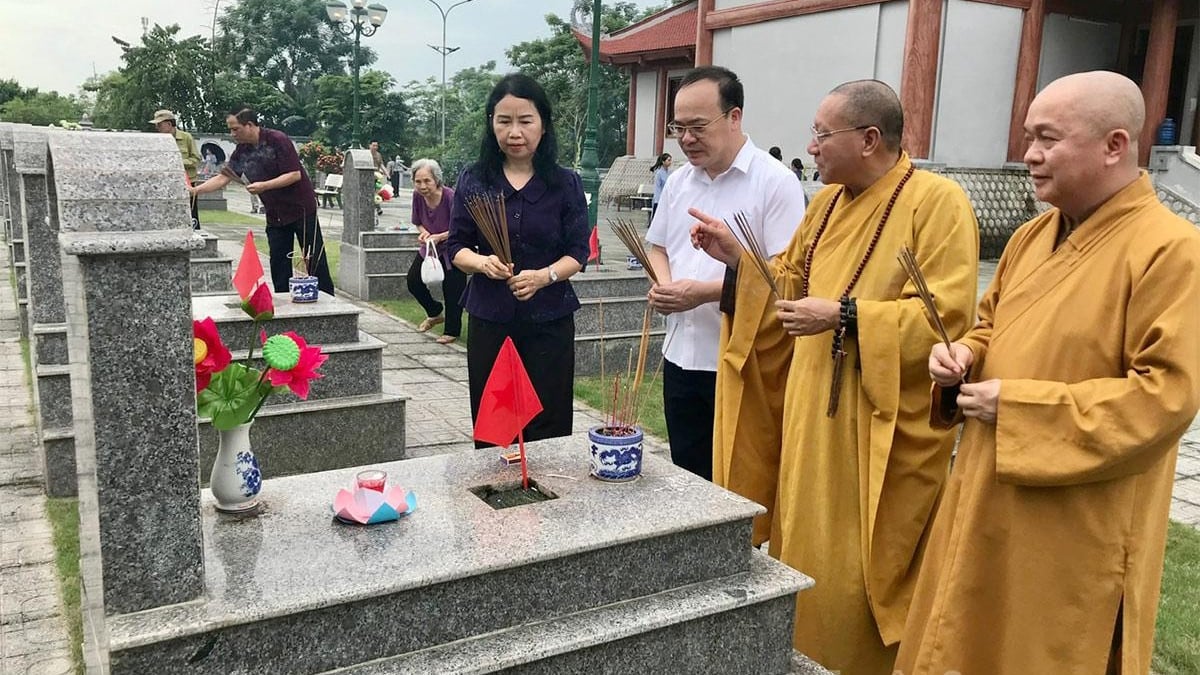
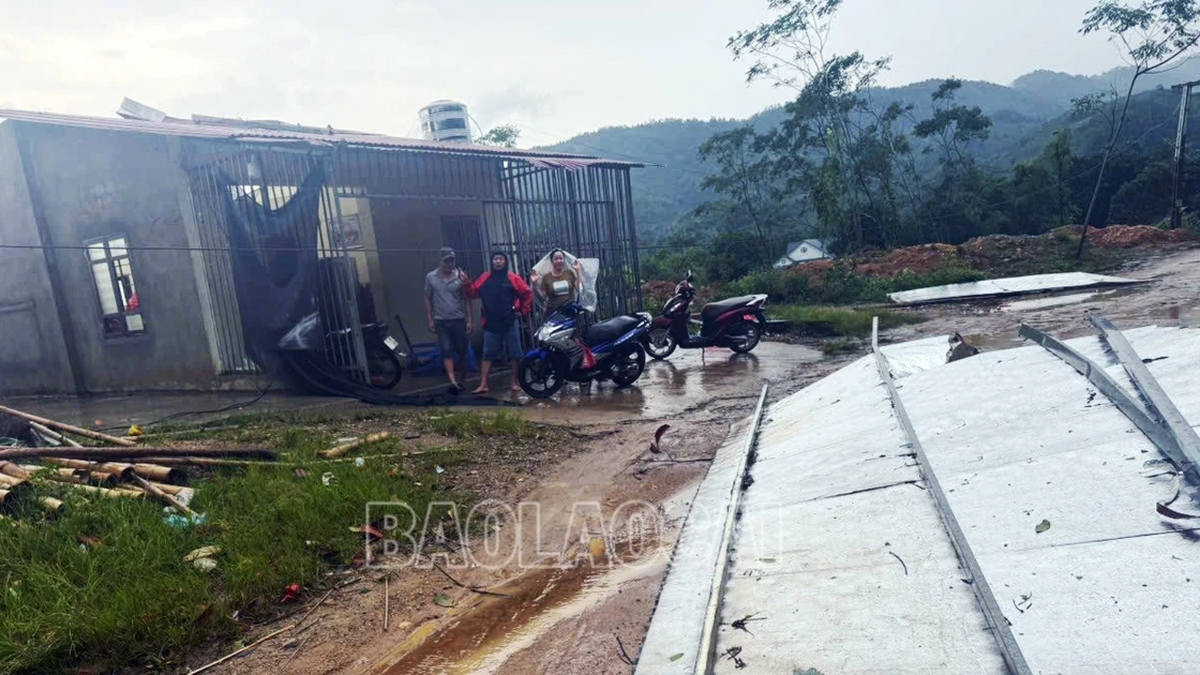
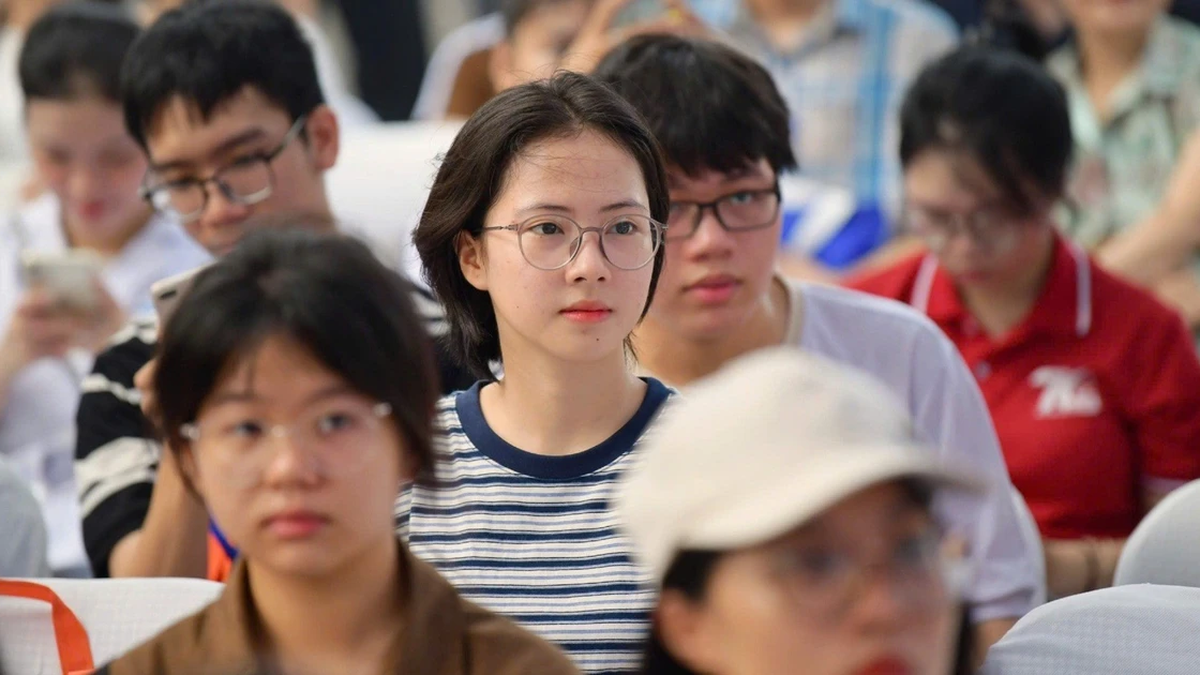
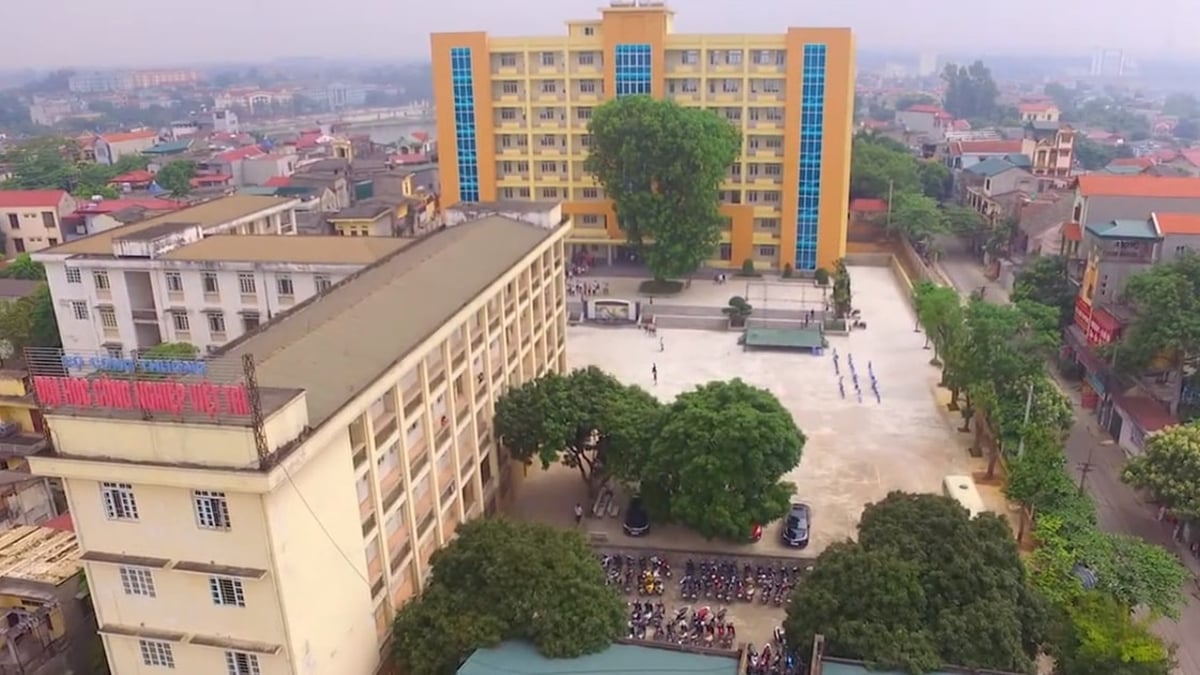
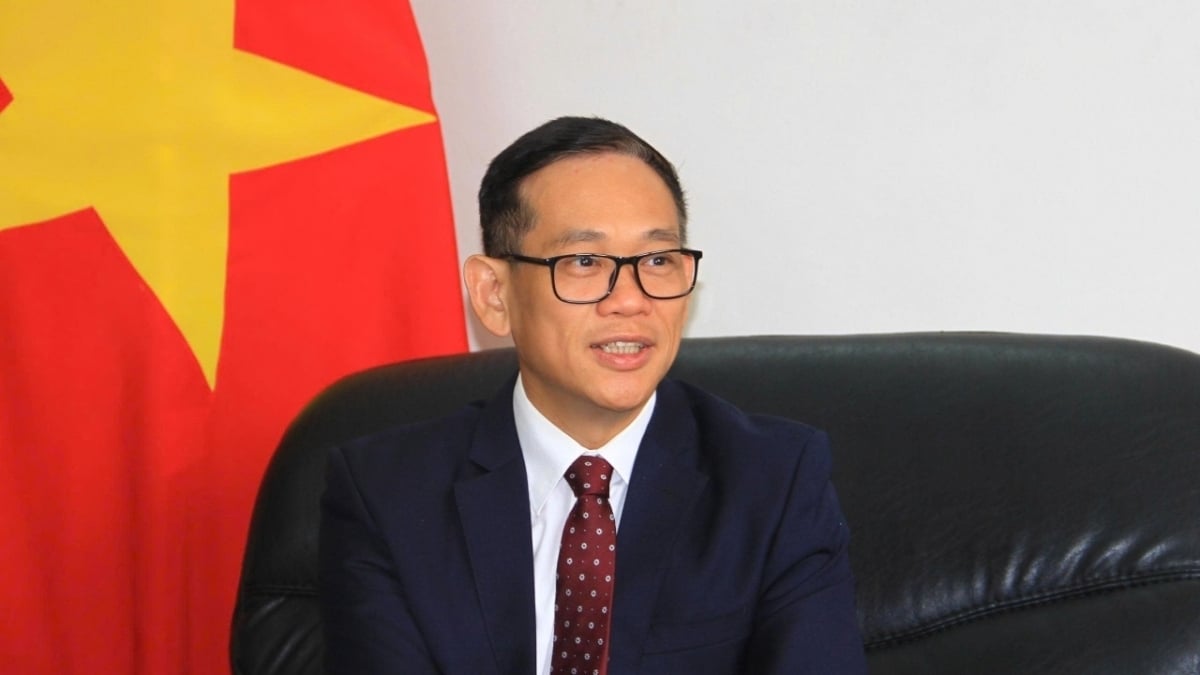
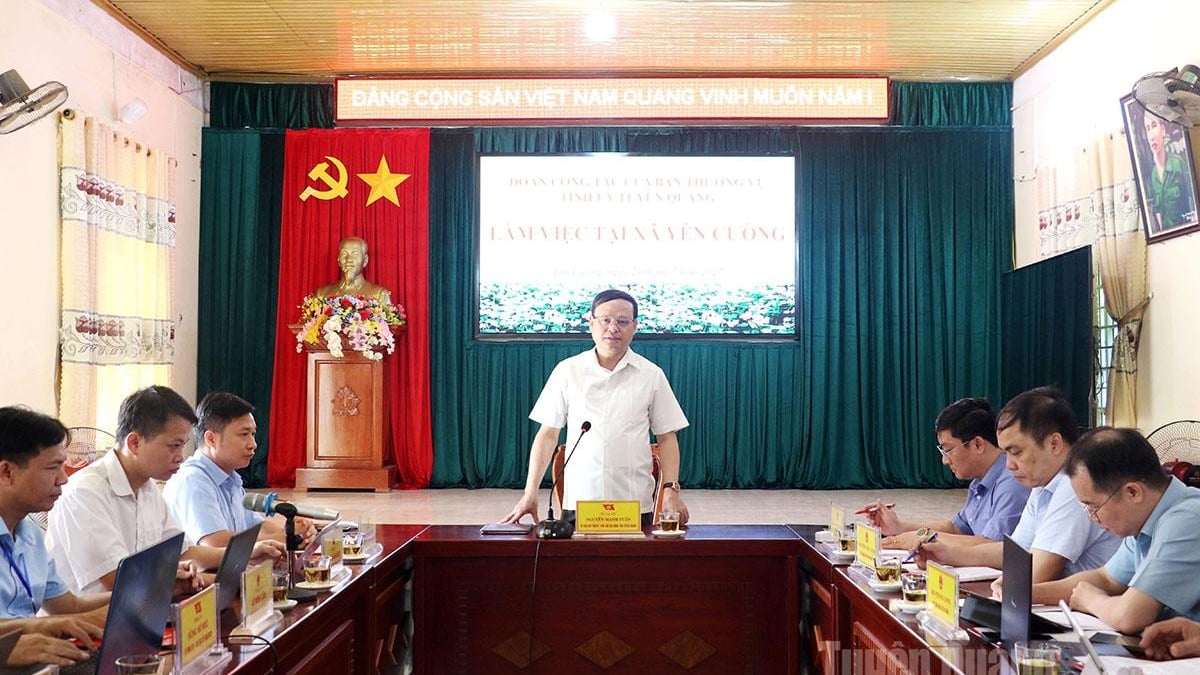
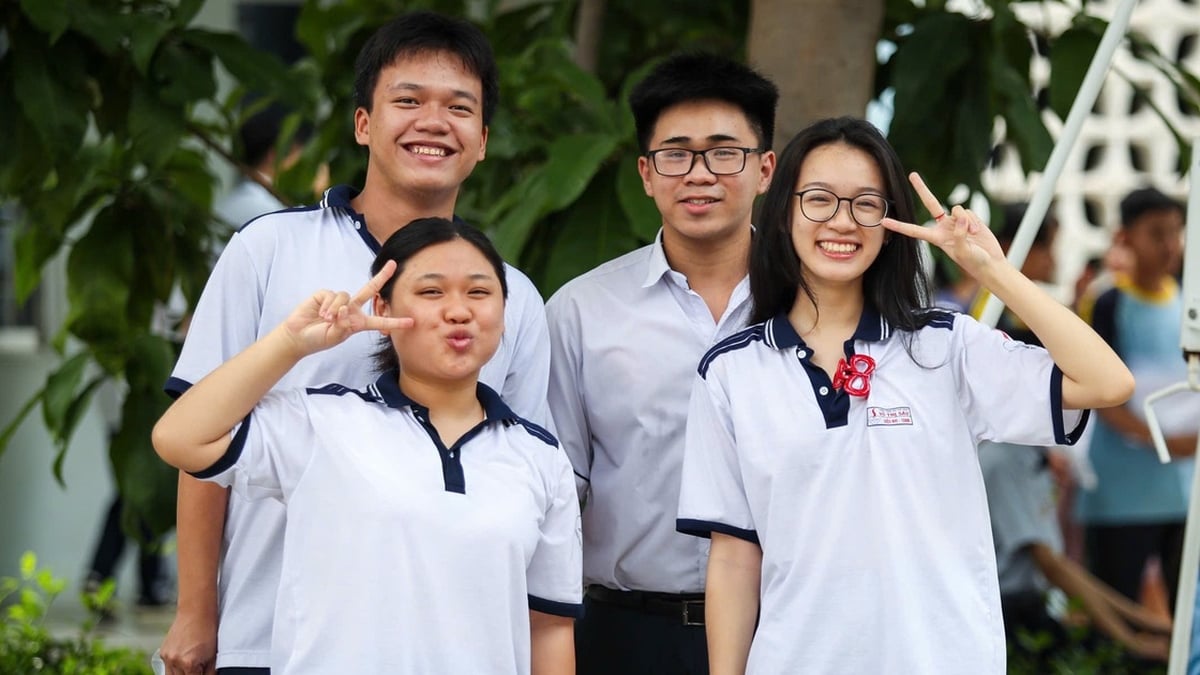
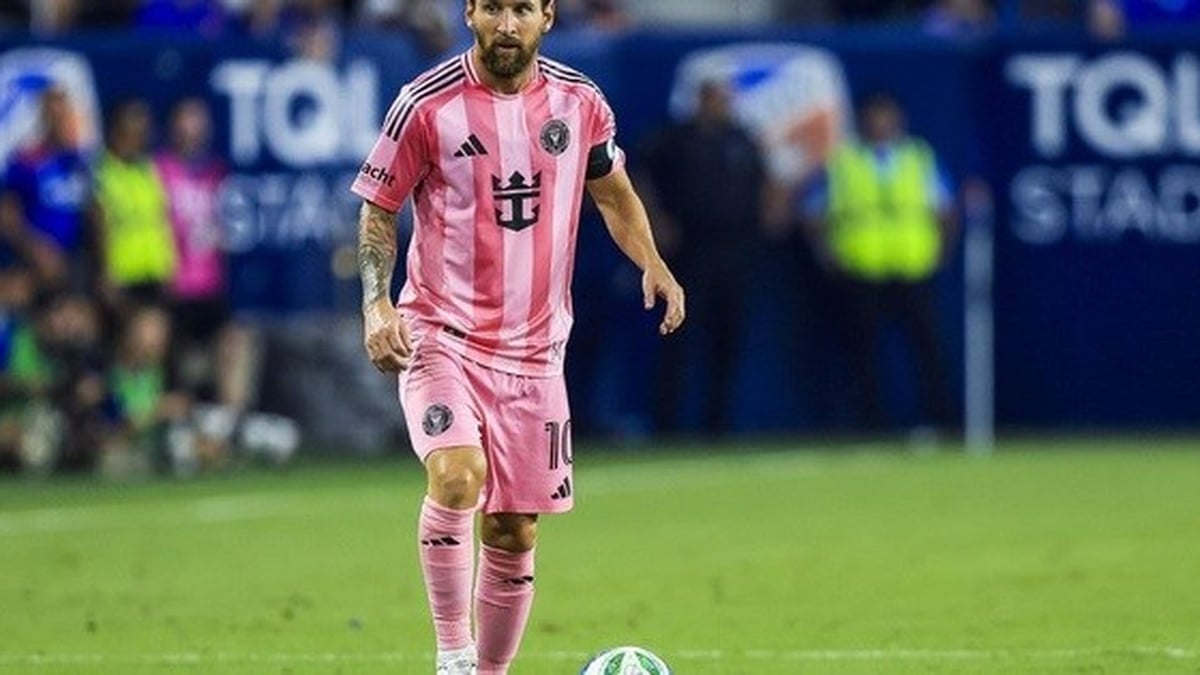
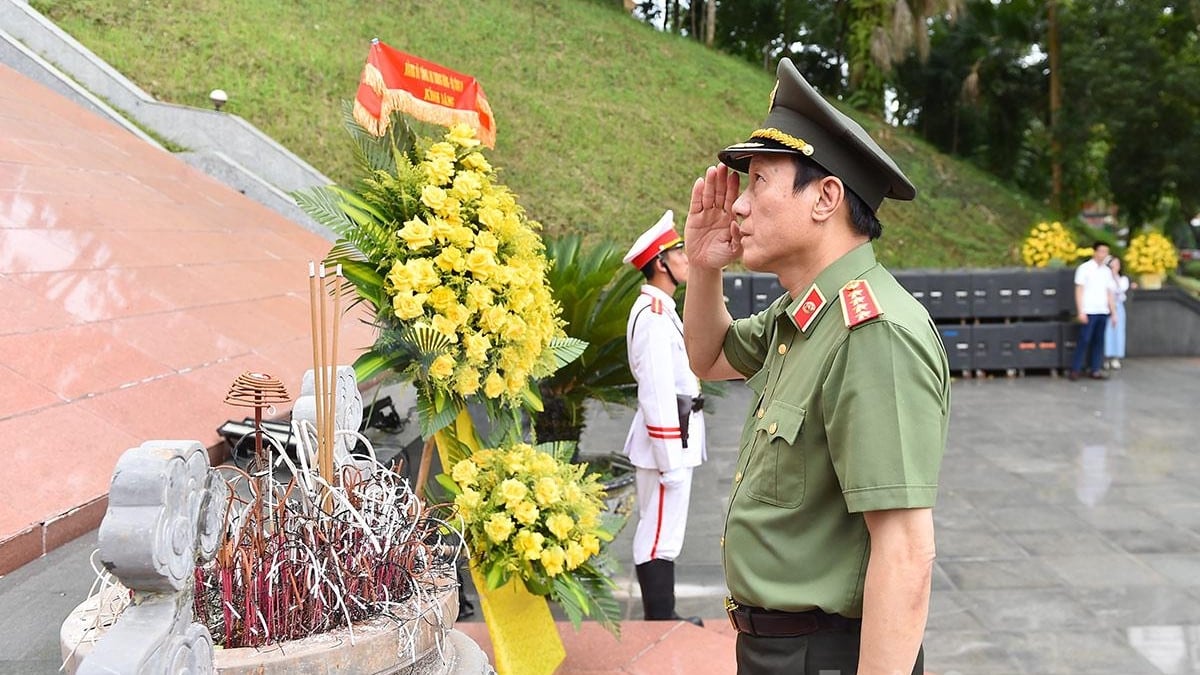
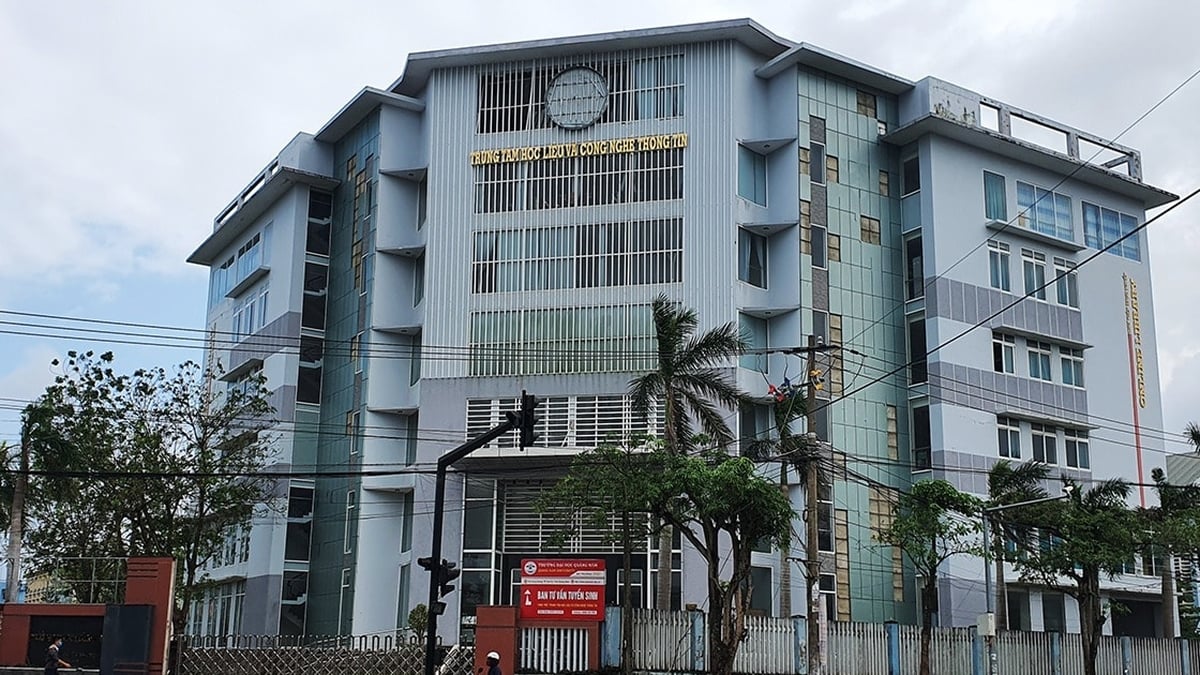















![[Photo] National Assembly Chairman Tran Thanh Man visits Vietnamese Heroic Mother Ta Thi Tran](https://vphoto.vietnam.vn/thumb/1200x675/vietnam/resource/IMAGE/2025/7/20/765c0bd057dd44ad83ab89fe0255b783)




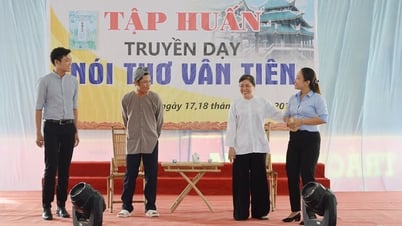

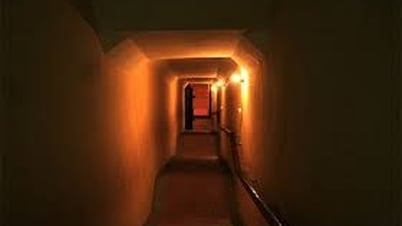

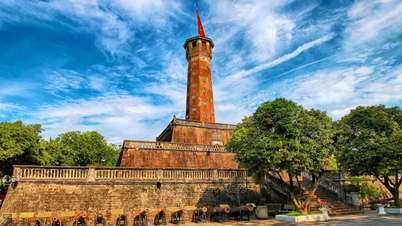








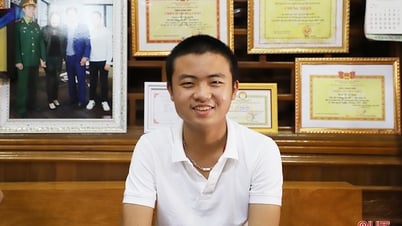














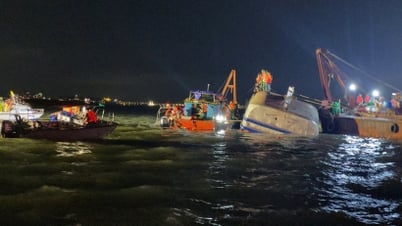

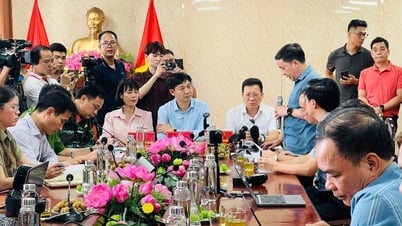
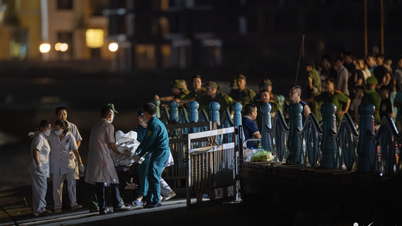
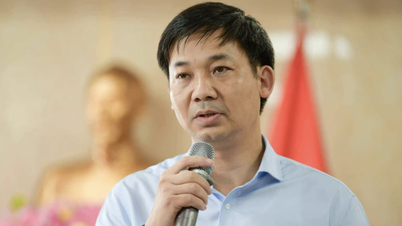
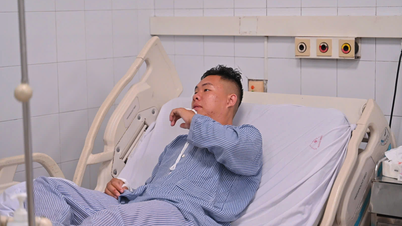


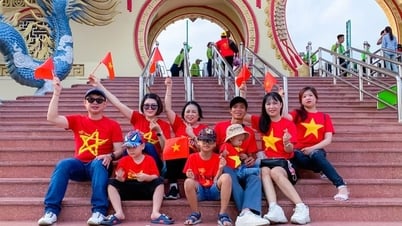

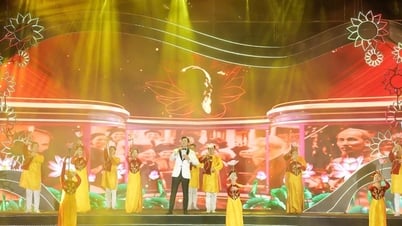
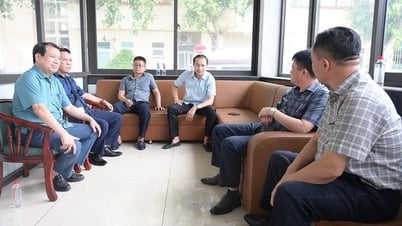






















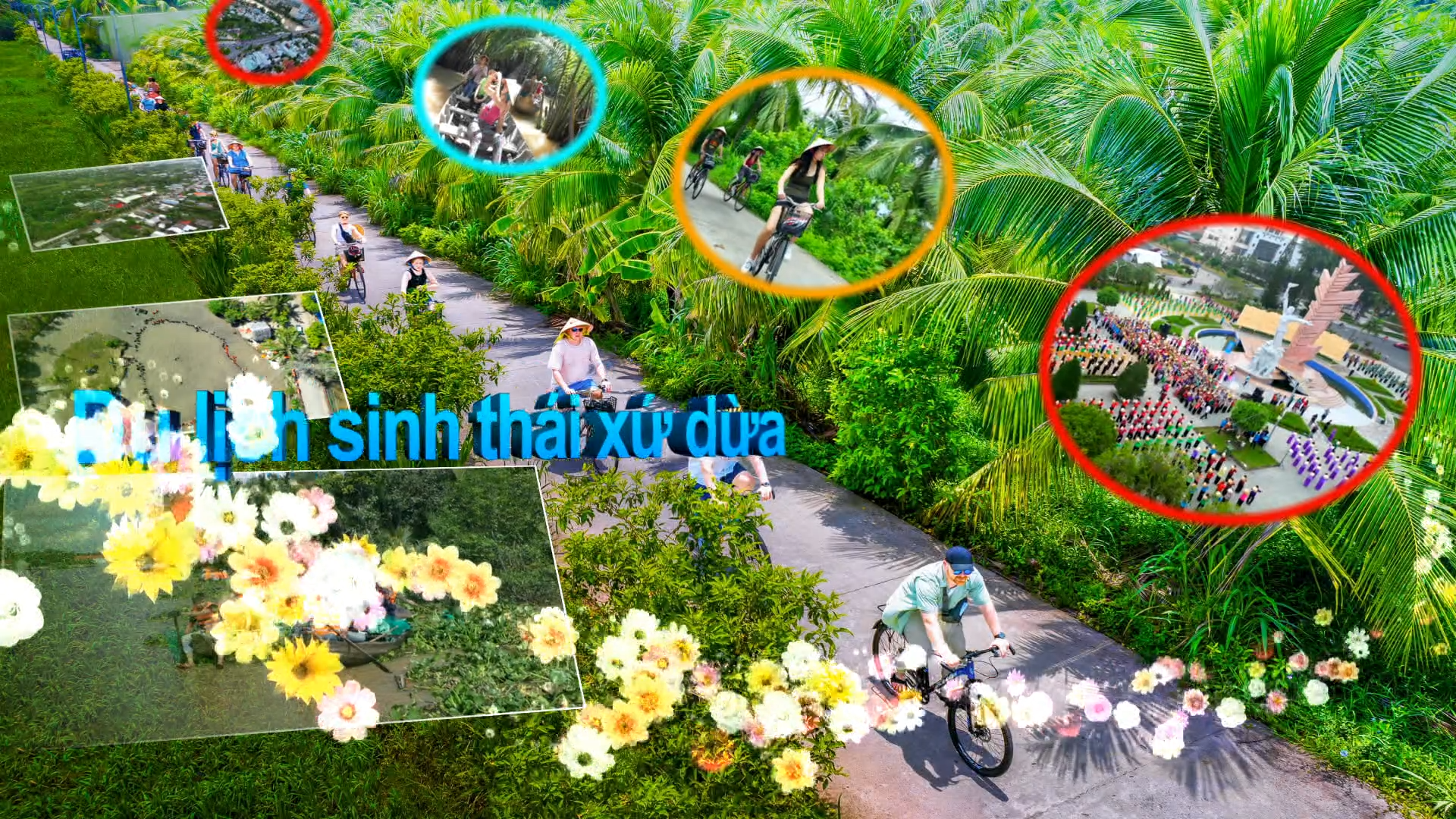

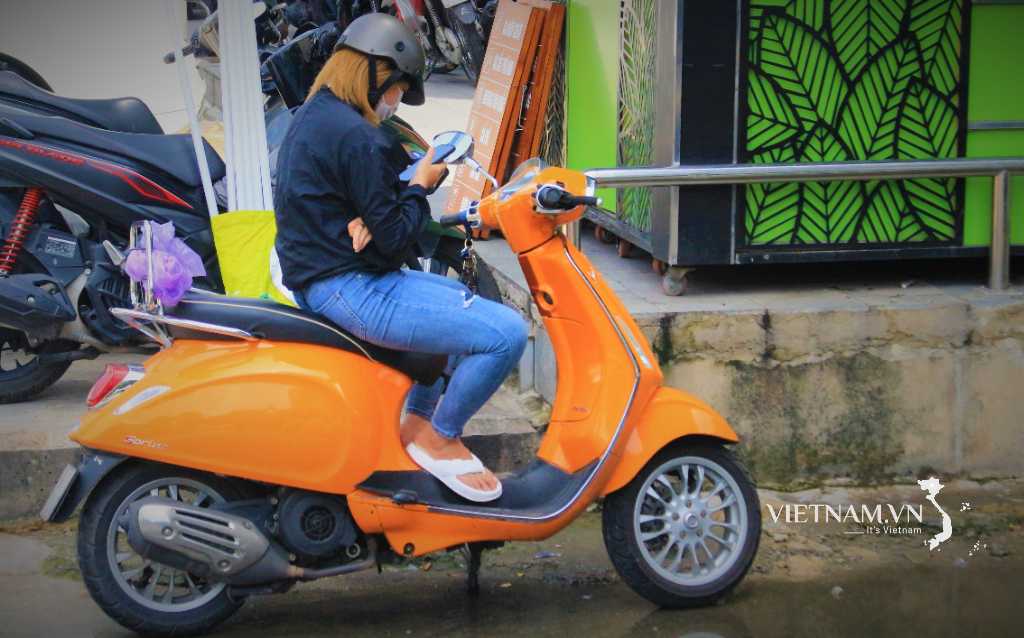

Comment (0)